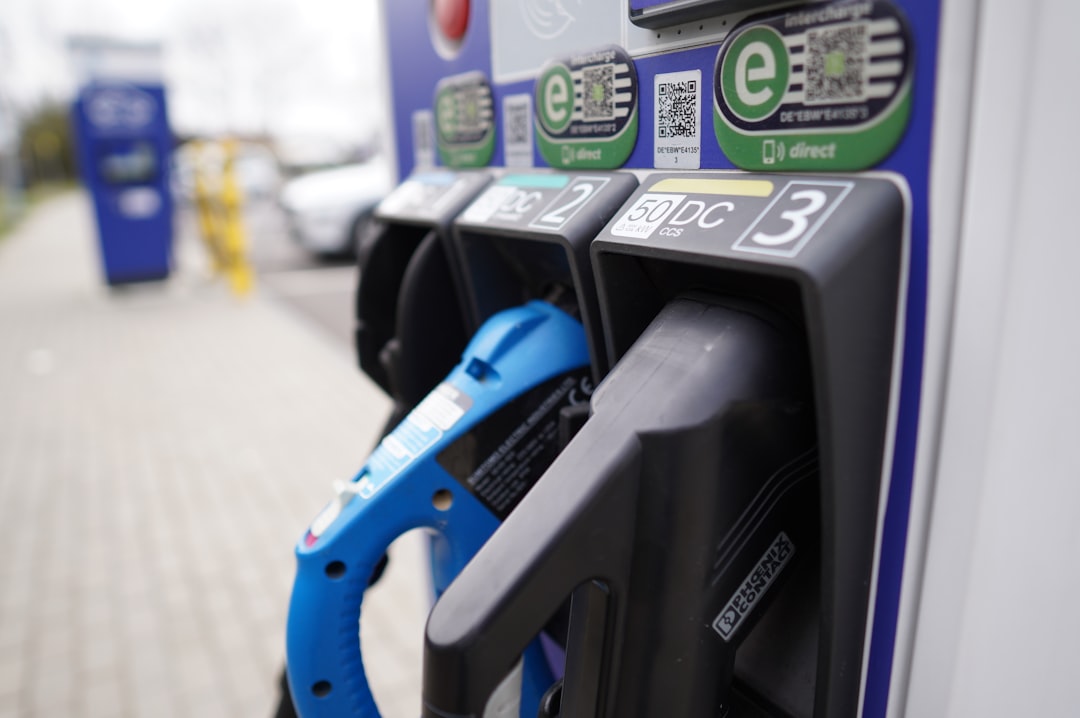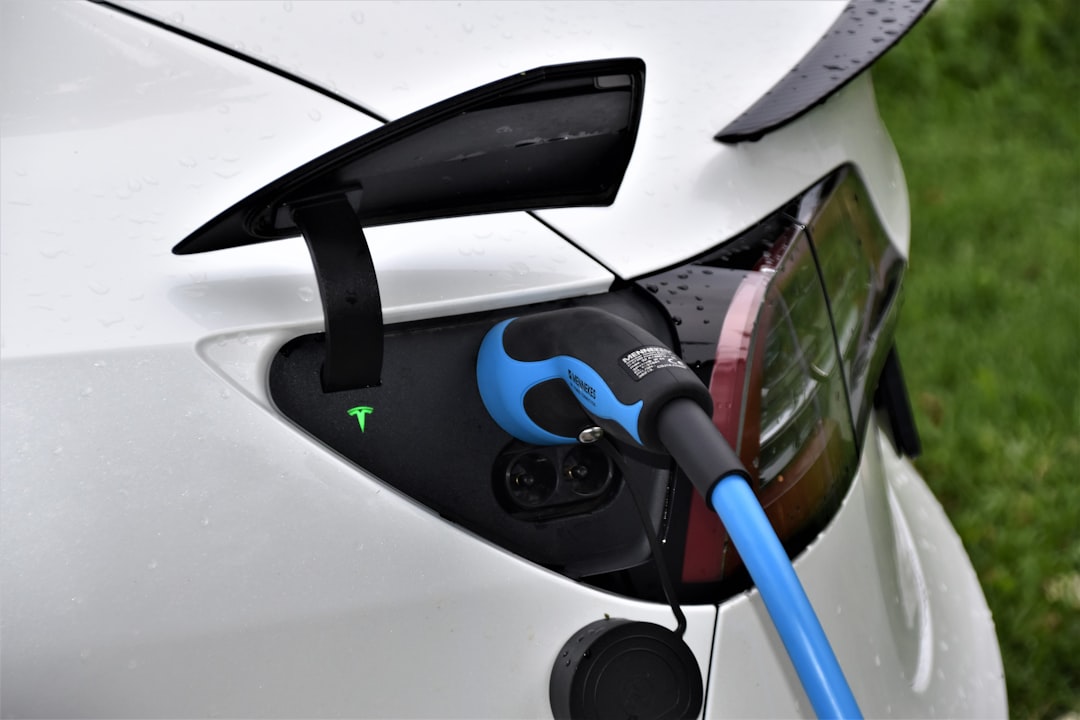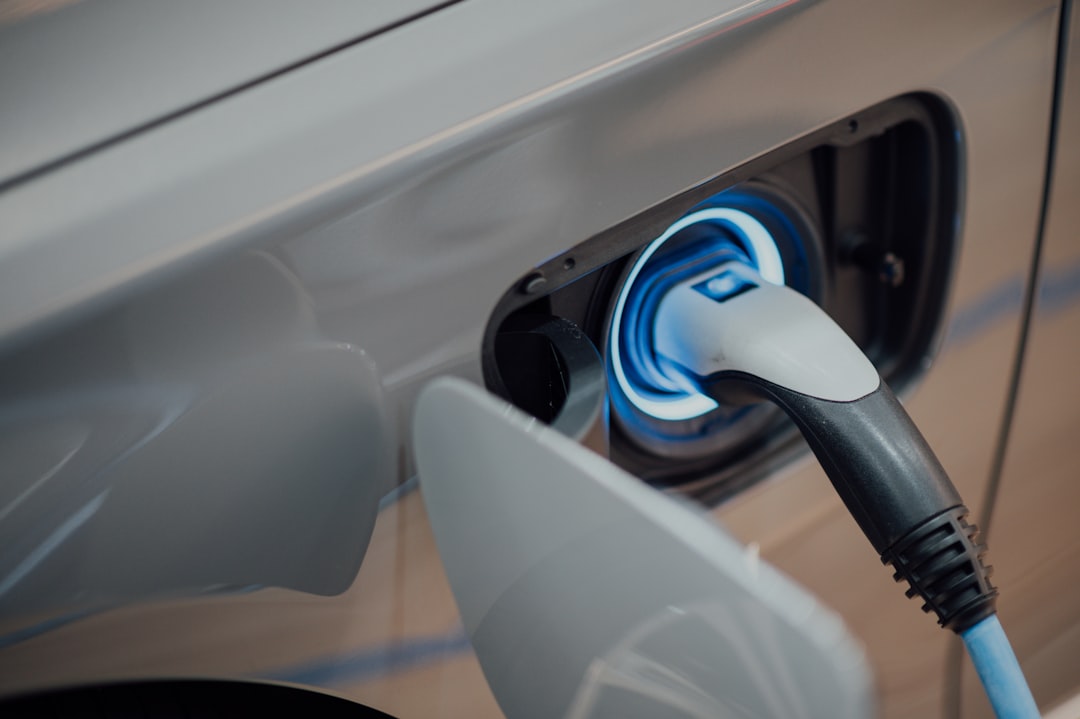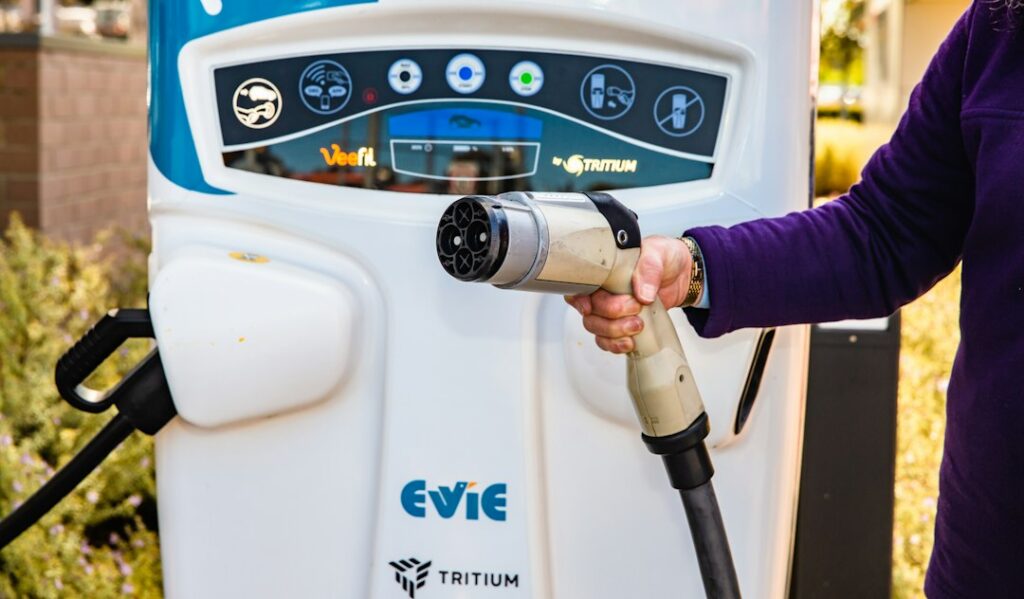This article provides tips and guidelines for electric vehicle owners on maximizing battery life, understanding different types of chargers, practicing public charging etiquette, and the benefits of home charging stations.

Importance of Following Manufacturer’s Charging Guidelines
Ensuring optimal battery health and longevity is a key benefit of following the manufacturer’s charging guidelines for electric vehicles. Different EV models may have specific recommendations for charging practices to maximize efficiency and performance, emphasizing the importance of adhering to these guidelines [1, 5]. By following the manufacturer’s instructions, EV owners can prevent damage to the battery and ensure the safe operation of their electric vehicles, ultimately prolonging the lifespan of their batteries. For example, some manufacturers recommend charging the vehicle to around 80% capacity rather than a full charge to promote battery health and longevity, showcasing how tailored guidelines can positively impact battery performance.
Moreover, proper adherence to charging guidelines can help EV owners avoid potential risks associated with overcharging, such as battery degradation or overheating. By understanding and implementing the manufacturer’s recommendations, electric vehicle owners can make informed decisions that not only benefit their battery health but also contribute to the overall efficiency and sustainability of their EV. In essence, the manufacturer’s charging guidelines serve as a roadmap to maximizing the potential of the electric vehicle and ensuring a reliable and long-lasting battery performance.
Importance of Following Manufacturer’s Charging Guidelines
It is crucial for electric vehicle owners to follow the manufacturer’s charging guidelines to preserve the health and longevity of their batteries. These guidelines are designed by experts who understand the intricate details of the specific battery chemistry and technology used in each electric vehicle model. By adhering to these recommendations, EV owners can optimize the performance of their batteries and prevent premature degradation. For instance, Honda suggests avoiding full charges unless necessary to extend the lifespan of the battery and improve overall efficiency.
Moreover, understanding and implementing the manufacturer’s charging guidelines can also contribute to the safety of the electric vehicle. By following the prescribed charging practices, owners reduce the risk of overcharging, overheating, or other potential hazards that may arise from improper charging habits. Cadillac, for example, provides detailed instructions on preconditioning the battery before charging to ensure the fastest charge times while maintaining the battery’s health and safety. By respecting these guidelines, EV owners not only safeguard their investment but also promote sustainable practices in the electric vehicle ecosystem.
Different Types of EV Chargers and How They Work
When it comes to electric vehicle (EV) chargers, there is a range of options available to cater to different charging needs and speeds. Level 1 chargers are known for their convenience, although they are slower compared to other charger types. These chargers are suitable for daily use and can be easily plugged into a standard household outlet. In contrast, Level 2 chargers offer faster charging speeds but require a dedicated circuit for installation. This type of charger is commonly found in residential settings and public charging stations, providing a quicker alternative to Level 1 chargers.
On the other hand, Level 3 chargers, also known as DC fast chargers, are designed to rapidly charge EVs, significantly reducing charging times compared to Level 1 and Level 2 chargers. Examples of Level 3 chargers include Tesla Superchargers and CCS chargers, each with its unique compatibility features. For instance, Tesla’s Supercharger network is widely recognized for its extensive coverage and efficient charging capabilities, making it a preferred choice for Tesla vehicle owners seeking quick and convenient charging solutions.
Understanding the distinctions between these charger types is crucial for EV owners to make informed decisions based on their charging requirements and the compatibility of their vehicles. By utilizing the right charger type based on the situation, users can optimize their charging experience, minimize charging times, and ensure their electric vehicles are ready to hit the road whenever needed. [2]
 Tips for Maximizing Battery Life and Efficiency
Tips for Maximizing Battery Life and Efficiency
When aiming to maximize the life and efficiency of electric vehicle (EV) batteries, following specific guidelines is crucial. Charging an electric car to approximately 80% capacity, rather than opting for a full charge, is a widely recommended practice to maintain battery health. For instance, if an EV has a 100-mile range, charging it to 80 miles can help preserve the battery’s longevity over time.
Moreover, various external factors can impact the range and lifespan of EV batteries. Driving habits play a significant role, with speed and temperature being key influencers. For example, driving at high speeds or in extreme temperatures can lead to faster battery depletion. Therefore, adopting a moderate driving style and avoiding harsh acceleration or abrupt stops can contribute to prolonging the battery’s lifespan. Additionally, ensuring that the vehicle’s software and firmware are regularly updated is essential for optimizing battery performance and maintaining efficiency. By staying on top of software updates, EV owners can benefit from potential enhancements that improve battery management and overall vehicle efficiency.
 Public Charging Etiquette
Public Charging Etiquette
As the number of electric vehicles on the road continues to increase, it becomes crucial for EV owners to adhere to proper public charging etiquette. Apart from the fundamental practices like moving your vehicle after charging and reporting any faults to charging networks promptly, there are additional considerations to ensure a seamless charging experience. For instance, being mindful of peak hours and sharing the charging resources with other EV owners can foster a cooperative environment at charging stations, ultimately benefiting all users.
Moreover, managing EV battery health is not only about following manufacturer guidelines but also about practical charging habits. By setting the charge limit to the recommended 80-90%, EV owners can optimize the battery performance and longevity, thus making the most out of each charging session. This practice not only benefits the individual EV owner but also contributes to the overall efficiency and availability of charging infrastructure for the entire EV community. By implementing these simple yet effective strategies, EV users can collectively create a more sustainable and user-friendly charging network for everyone’s benefit.
Benefits of Home Charging Stations
Home charging stations not only provide electric vehicle owners with convenience but also offer significant cost savings when compared to using public charging stations. Charging an electric vehicle at home is generally more economical, particularly during off-peak hours, which can result in substantial savings over the long term. For instance, by utilizing a home charging station, EV owners can take advantage of lower electricity rates during specific times of the day, making it a financially prudent choice. Moreover, the installation of a home charging station might make owners eligible for various financial incentives or rebates, further enhancing the affordability of the charging setup.
In addition to the financial benefits, having a home charging station guarantees that EV owners have a dependable and easily accessible charging solution at their disposal at all times. This accessibility eliminates the need to rely solely on public charging infrastructure, offering peace of mind and convenience to electric vehicle owners. For example, after a long day or when returning home from a trip, being able to plug in the vehicle immediately without the hassle of searching for an available public charging station can be a significant advantage. The convenience and reliability of a home charging station not only simplify the charging process but also contribute to enhancing the overall ownership experience of electric vehicles.
Future Developments in EV Charging Technology
Looking ahead, the landscape of EV charging technology is set to see significant advancements that will enhance efficiency and accessibility for electric vehicle owners. The progression towards widespread adoption of EVs will require a comprehensive infrastructure of charging stations, integrating various technologies like home-based AC charging and rapid DC fast charging options. For instance, the implementation of high-speed DC fast chargers, such as Tesla Superchargers and CCS chargers, will offer users the convenience of quick and efficient charging solutions on the go, promoting a seamless EV charging experience.
Moreover, the development of new solid-state batteries represents a groundbreaking innovation poised to redefine the capabilities of electric vehicles. These advanced batteries hold the potential to provide driving ranges surpassing 1,000 miles per charge, a substantial improvement that could address range anxiety concerns and significantly enhance the overall appeal of EVs to consumers. Additionally, ongoing research efforts in wireless charging technology aim to introduce more user-friendly and convenient solutions for charging EVs in the future. By eliminating the need for physical cables and connectors, wireless charging systems could streamline the charging process, making it more effortless and accessible for EV owners.
 Conclusion: Implementing Effective Electric Vehicle Charging Strategies
Conclusion: Implementing Effective Electric Vehicle Charging Strategies
In conclusion, implementing effective electric vehicle charging strategies involves a holistic approach that encompasses following manufacturer’s guidelines, understanding different types of EV chargers, maximizing battery life and efficiency, practicing public charging etiquette, leveraging home charging stations, and staying informed about future developments in EV charging technology. By incorporating these strategies, EV owners can optimize their charging experience and prolong the lifespan of their electric vehicle batteries.
To illustrate, adhering to the manufacturer’s charging guidelines not only ensures optimal battery health and longevity but also prevents potential damage to the battery, guaranteeing the safe operation of the electric vehicle. For instance, some EV models may have specific recommendations for charging practices, highlighting the importance of understanding and following these guidelines to maximize efficiency and performance.
Furthermore, staying informed about future developments in EV charging technology is crucial for EV owners looking to enhance their charging experience. For example, the ongoing research and development in wireless charging technology aim to offer greater convenience and accessibility in charging electric vehicles, potentially revolutionizing how EVs are powered in the future. By keeping abreast of these advancements, EV owners can prepare for upcoming technologies that may further improve efficiency and accessibility in the charging infrastructure.

